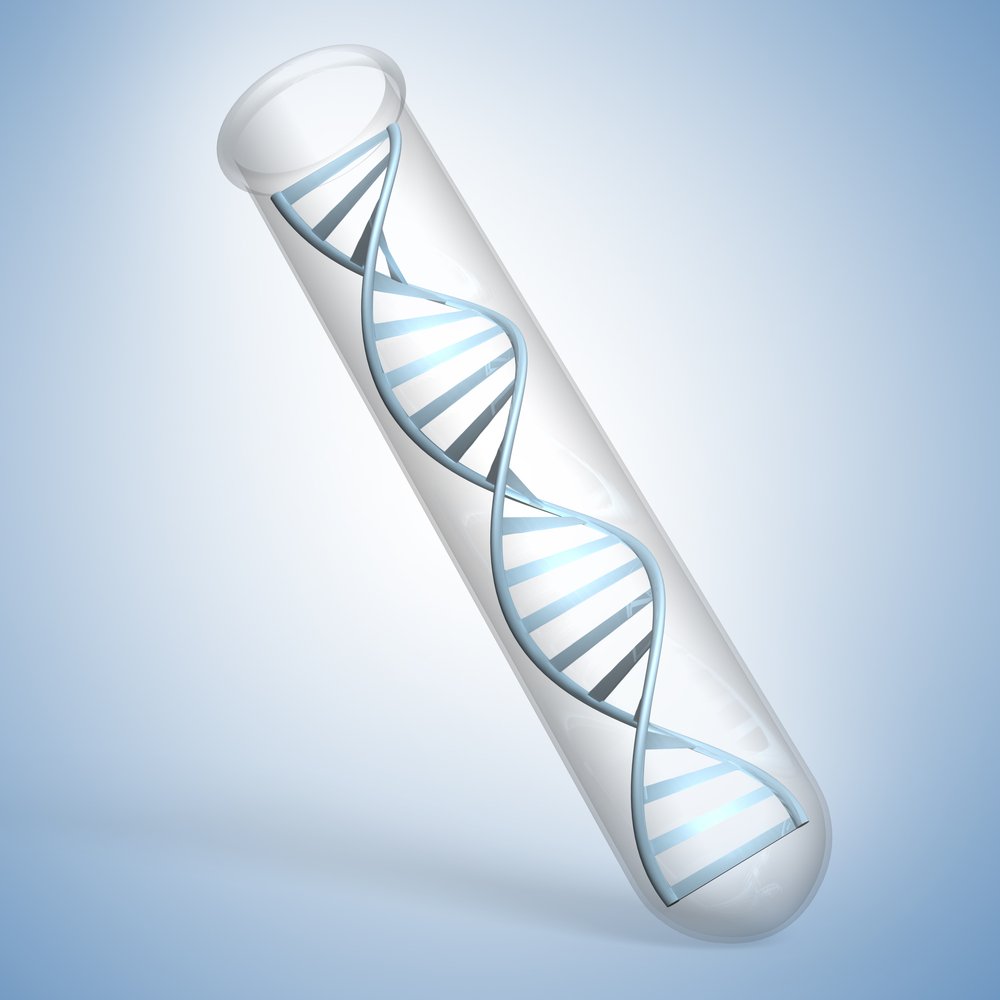Research on Mice Reveals Central Nervous System Alterations Increase Pain
Written by |

In a mouse model of Angelman syndrome (AS), pain sensitivity increased due to genetic alterations in the central nervous system, new research from The University of North Carolina at Chapel Hill (UNC) shows.
The study, “Enhanced nocicepion in Angelman syndrome,” was published in The Journal of Neuroscience.
AS is caused by mutations or deletion of the maternal allele of the UBE3A gene. In the central nervous system (brain and spinal cord), UBE3A protein is produced primarily from the maternal chromosome, because the paternal UBE3A gene is repressed by a long RNA sequence.
However, there is lack of information about the expression of UBE3A in the peripheral nervous system, where alterations or loss of maternal UBE3A might lead to AS phenotypes.
Among the various symptoms associated with AS, deficits in sensory processing have been mentioned in parent reports and questionnaires, including slower responses to pain. However, the possible link between alterations in maternal UBE3A and pain sensitivity impairments remains determined.
So, a research team led by Mark J. Zulka, PhD, a professor and director at UNC Neuroscience Center, aimed to determine maternal and paternal UBE3A protein expression in dorsal root ganglia (DRG) neurons, which are critical detectors of stimuli, such as touch and pain, in the peripheral nervous system.
The scientists also assessed if pain responses were affected in a genetic mouse model of AS (global deletion of maternal UBE3A).
The results showed that most DRG neurons of large diameter involved in the response to mechanical stimuli and the body’s position in space, expressed maternal UBE3A protein and the paternal allele repressor.
Conversely, most small-diameter neurons expressed UBE3A protein from both maternal and paternal alleles and exhibited low to undetectable levels of the paternal allele repressor.
This mixed population of DRG neurons was confirmed in further analyses, which revealed that, unlike the small neurons, large neurons with high levels of the paternal repressor were protected with myelin (an insulating layer that is critical for neuronal communication), and contained markers of mature neurons.
Pain tests revealed that male and female AS mice had increased sensitivity to thermal and mechanical stimuli. However, responses were not changed by specific deletion of maternal UBE3A in DRG neurons.
Overall, the study shows that the increased pain responses in AS mice “are due to loss of maternal UBE3A in the central, but not peripheral, nervous system,” the authors wrote.
Loss of maternal UBE3A potentially affects several brain regions relevant in pain control, which could explain the study’s observations. Furthermore, global loss of UBE3A early in development could carry alterations in pain processing throughout adulthood. Therefore, future studies are needed to understand the details that link UBE3A loss to pain alterations.
Of note, the study’s findings are in opposition with reports from patients, i.e. slow response to pain. The authors attribute this difference to the difficulty in interpreting signals from AS patients, given their intellectual disability and lack of speech. Alternatively, this mouse model may not be the best option to recapitulate pain phenotypes in AS.
“In light of our findings, a more rigorous and quantitative assessment of pain sensitivity in AS individuals is warranted,” the authors concluded.





